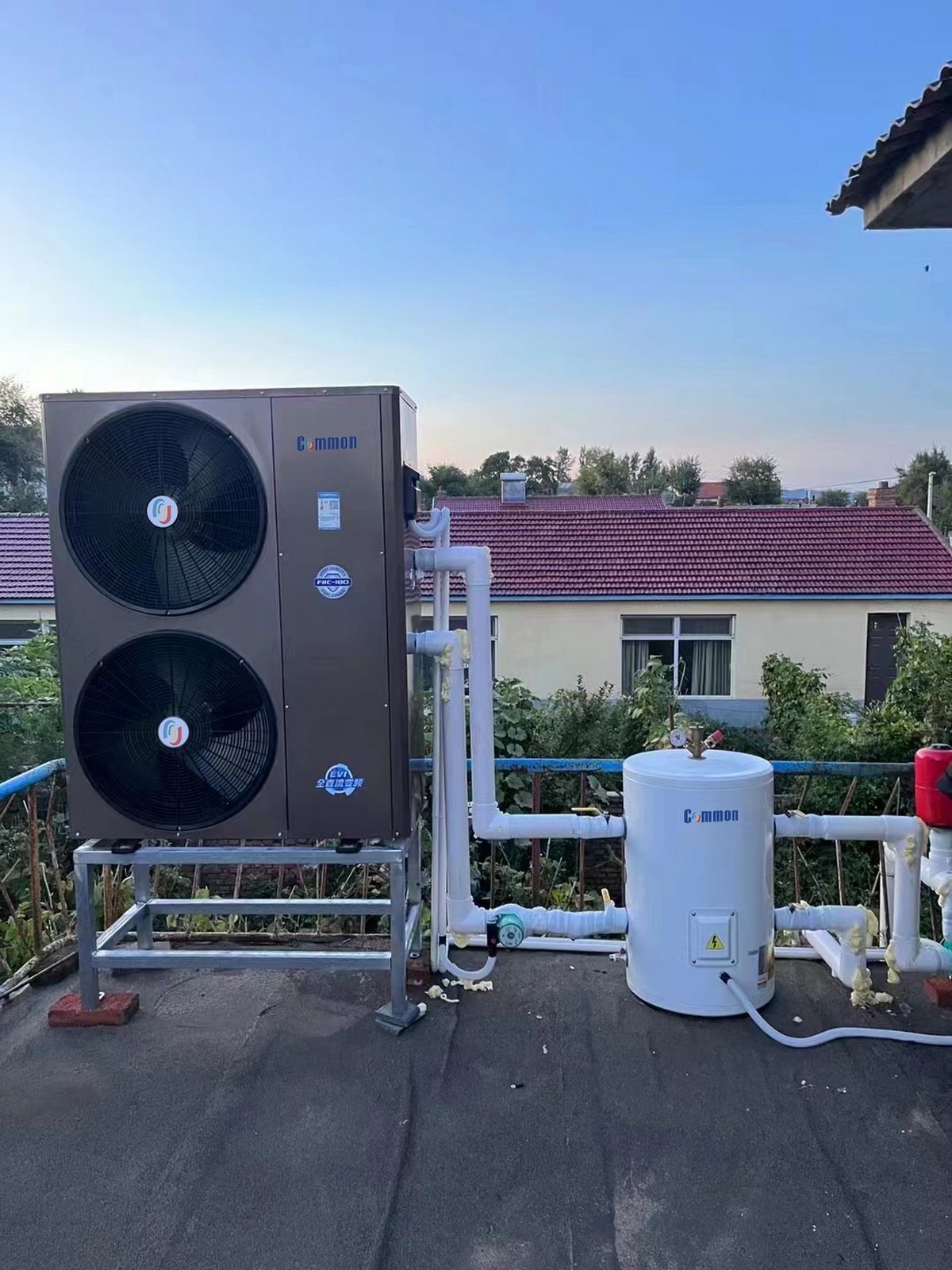Split heat pumps have become a go-to solution for modern heating and cooling needs due to their efficiency, versatility, and environmental friendliness. These innovative systems are designed with two distinct components – an outdoor compressor/condenser unit and an indoor air handler or evaporator unit – working in tandem to provide optimal climate control.

Split Heat Pump Usage Scenarios
1. Residential Homes: Split heat pumps are widely used in residential properties, offering zoned temperature control for different rooms. They're perfect for houses of all sizes, from single-family homes to apartments, providing efficient heating during winters and cooling in summers.
2. Commercial Buildings: In commercial spaces like offices, retail outlets, and restaurants, split heat pumps offer flexible and energy-efficient HVAC solutions that can be tailored to meet the unique demands of each area within the building.
3. Educational Institutions: Schools, colleges, and universities often rely on split heat pumps for their low-noise operation and ability to maintain consistent temperatures throughout various learning environments while keeping energy costs down.
4. Healthcare Facilities: Hospitals and clinics benefit from the precise temperature regulation and hygienic air circulation provided by split heat pumps, which is crucial for patient comfort and health.
5. Renovations and Additions: When adding new sections to existing structures or renovating old ones, split heat pumps prove ideal due to their easy installation and adaptability to fit into various architectural designs without extensive ductwork.
Advantages and Benefits of Split Heat Pumps
1. Energy Efficiency: Split heat pumps utilize advanced technology to transfer heat instead of generating it, resulting in lower electricity consumption and reduced carbon footprint compared to traditional HVAC systems.
2. Versatility: They can provide both heating and cooling, making them suitable for regions with varying seasonal temperatures. Additionally, they can be combined with supplementary heating sources for colder climates.
3. Quiet Operation: With the noisy components located outside, split heat pumps ensure a quiet indoor environment, enhancing user comfort and productivity.
4. Easy Installation: Since the system is split into two parts, installation is less invasive and more flexible, allowing for placement in tight or hard-to-reach areas.
5. Precise Temperature Control: Many models come with smart controls that allow users to set and maintain accurate room temperatures according to personal preferences and occupancy patterns.
6. Longevity and Low Maintenance: Built with durable materials and designed for long-term use, split heat pumps typically require minimal maintenance, leading to a lower total cost of ownership over time.
In summary, split heat pumps excel in a variety of applications thanks to their energy-saving features, versatile functionality, and ease of installation. As a sustainable and adaptable climate control solution, they represent a wise investment for any property owner seeking to optimize comfort, reduce utility bills, and contribute positively to environmental conservation efforts.





